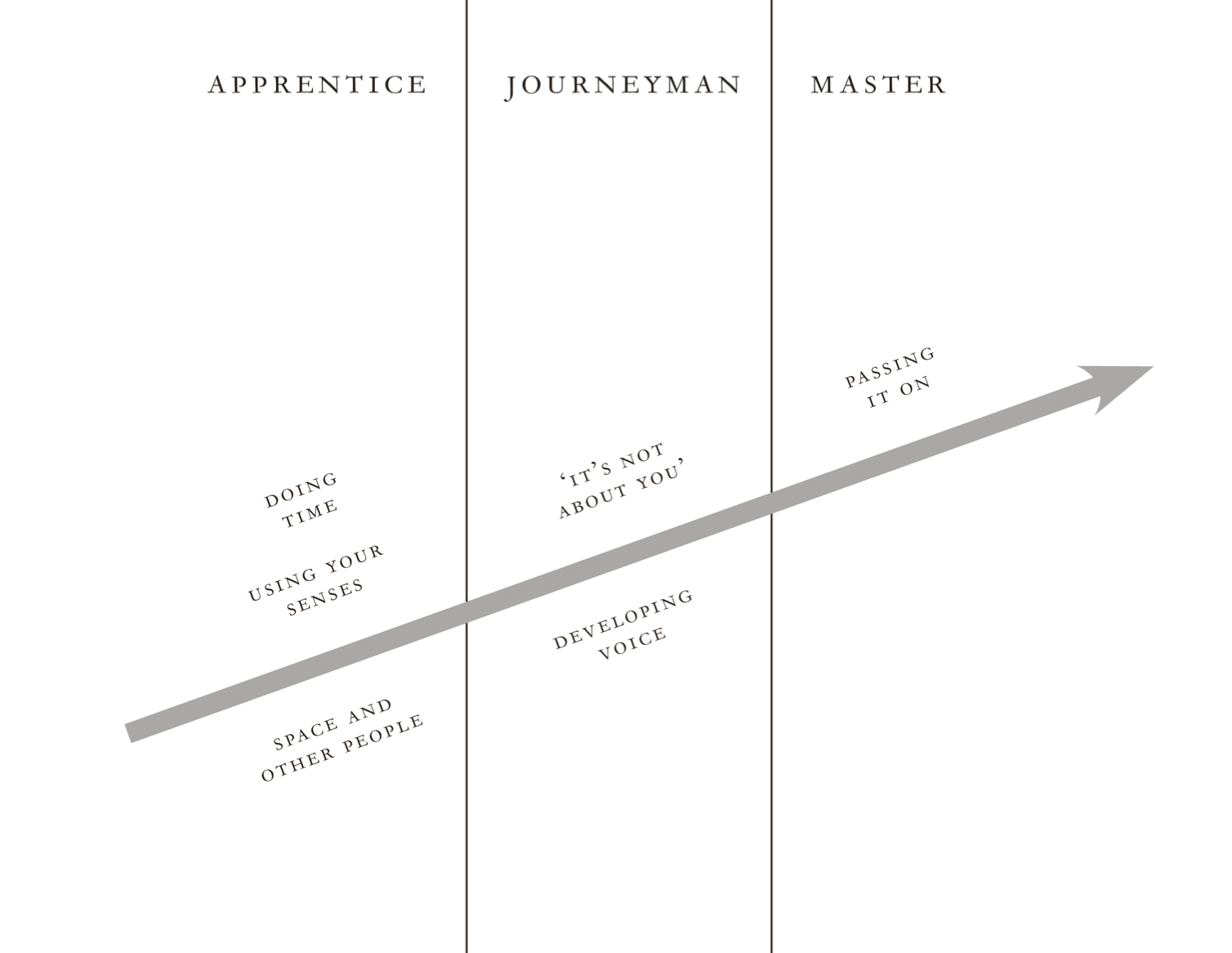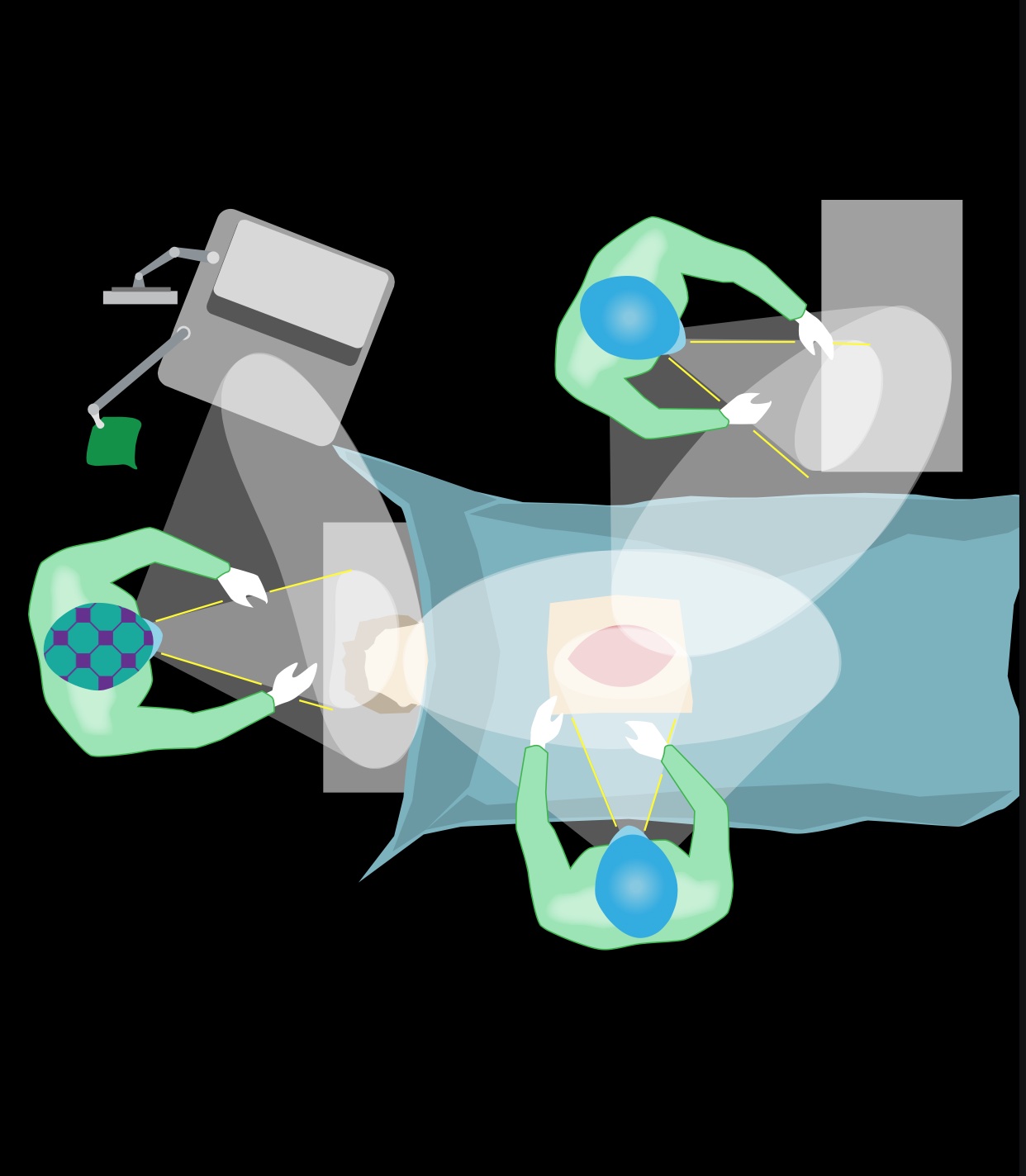What Surgeons Can Learn from Polar Explorers and Fighter Pilots
Trauma surgery, combat flying and polar exploration require professionals to work in risky conditions where error can lead to catastrophe. One key skill is recognising when a situation is getting out of control and finding a ‘place of safety’; another is to learn from mistakes without allowing self-confidence to be destroyed.
This lecture explores how high-risk professionals can share insights relevant to medicine, helping clinicians to develop essential skills.
With Phil Bayman (combat pilot) and Dougal Goodman (polar explorer).
First off this lecture is very much focused on real-time performance, where you have to make decisions and take action on the fly. You find this in many professional settings with varying degree of consequence and risk, surgery - and specifically in the case of Roger Kneebone, Trauma Surgery - performance on situations of high risk, high consequence, incomplete information.
There’s quite a bit in this that I think it’s worth listening to as it transfers nicely. For me while the vast majority of my time is spent planning and developing in a controlled, simulated and completely replaceable and reproducible environment, there are a few occasions where I’m in analogous scenarios - minus the risk of life to me or others.
Scenarios like:
- Certain maintenance or refactor deploys that perform deeper changes to the software or infrastructure
- Emergent system failures due to infrastructure or external actor issues
- Launch days, either of whole products or certain events or features that meant all your code is actually in place but it hasn’t been triggered or accessible yet
These are actually some of my favorite moments in my job as it’s all about skill, situational awareness and cool heads, which probably plays to our lizard brain enough that it actually triggers raised awareness and all those fight or flight mechanisms. I’m also grateful I get to balance those with the more contemplative bits of work, because it really does drain you, so I can imagine certain professions like that of a Surgeon must take an immense toll on people.
Another interesting bit of the lecture that resonated with me after 20 something years working is sort of this breakdown of how your journey through mastering of an art / skill / profession looks like

I now recognize clearly those steps and where I shifted from one to the other and it’s helpful to visualize it like this, either as a map or a historical record depending on where in the journey you are .

This is another interesting aspect of team work - in this case specifically of surgical teams but that, again, can translate to other scenarios too. As each member is focused on something, the whole picture is hard to assess and critical information can at times be dismissed or not be passed on. In scenarios where you’re dealing with sometime in real-time, this increases the risk.
The other thing that they talk about at length and that I also felt throughout my work life is that sometimes it’s crucial that you buy yourself time to make the right decisions. Usually this is accomplished not by delaying decision making, but by accurately finding the best decision that while not committing yourself irrevocably, does address any emerging problem while giving you time to think about the wider picture.
The two examples given demonstrate this very nicely. One was where during a Emergency Trauma Surgery Roger removed a blood clot only to have blood gushing from an artery and instead of clipping the artery - which I assume comes with damage or is prone to error - he used cloth to clean the area and remove the blood, thus stopping the hemorrhage long enough for him to make a plan in his head. The other example was related to a landing Phil was making where he went through all the standard procedures - or so he thought - only to realize prior to committing to the landing that the landing gear wasn’t deployed, instead of deploying there and then Phil decided to throttle up and gain altitude in order to reassess what had happened with him to fail that critical step as that could be a signal that he was missing other things as well.
There are other examples and lessons, like the anecdotal case of ER Doctors looking at X-Rays of someone involved in a accident and upon seeing one fracture they think they’ve found what they wanted, only to actually miss other fractures that were also present and visible.
It’s an hour long lecture but an interesting one, the link above will give you history and the presentation slides, but you can also see the whole thing just bellow.